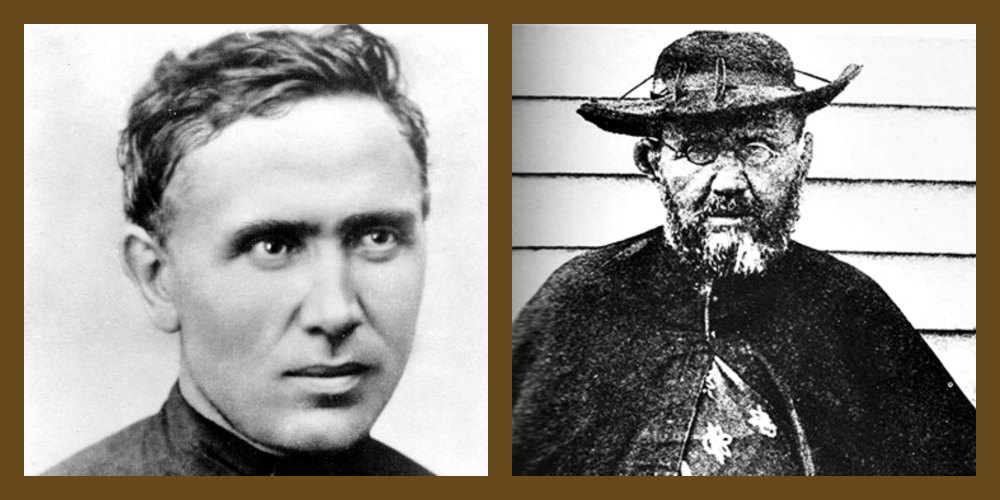Molokai History:
(from “The Separating Sickness: Ma’i Ho’oka’awale: Interviews with Exiled Leprosy Patients at Kalaupapa, Hawaii” by Ted Gugelyk and Milton Bloombaum, Ma’i Ho’oka’awale Foundation, Honolulu, HI, 1979)
Male
Part-Hawaiian
Partly Disfigured
48 years of age
37 years in Kalaupapa
Leadership
My Early Life
How did it happen? There was no leprosy in our family. I don’t know how I got it, or that I had it. One ordinary day, the visiting school nurse noticed a red spot on my cheek. Immediately arrangements were made for me to see Dr. “Kuli” Wayson, a leprosy specialist. “Kuli” means deaf in Hawaiian — he was hard of hearing so they called him the deaf doctor. But he wasn’t deaf to the signs of leprosy. My mother took me to see him at the Board of Health Clinic on Vineyard Street. I was taken into the examination room, stripped naked, and placed on a little revolving platform. I was spun around slowly, to be observed from all angles by various doctors present in that room. It was a bare room. I was only six years old, and alone with them. They were strangers, and I felt very alone, frightened and inhibited. I still remember the first question they asked me when I was on the examination stand. Dr. Wayson asked me if I was attending school. I said yes, but he didn’t hear me. He was deaf. So he said in a loud voice, “Speak up, speak up, boy.” It really frightened me because he was speaking in such a loud manner.
(to be continued tomorrow)
Blessings, pule and pono to you!
Fr. Brian, ss.cc.
Priest
Topside Molokai
